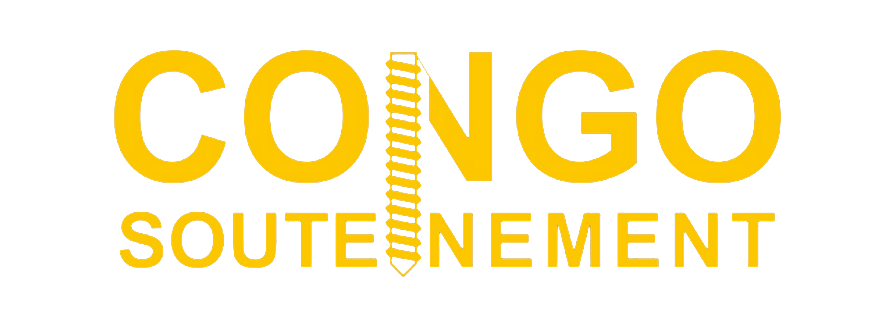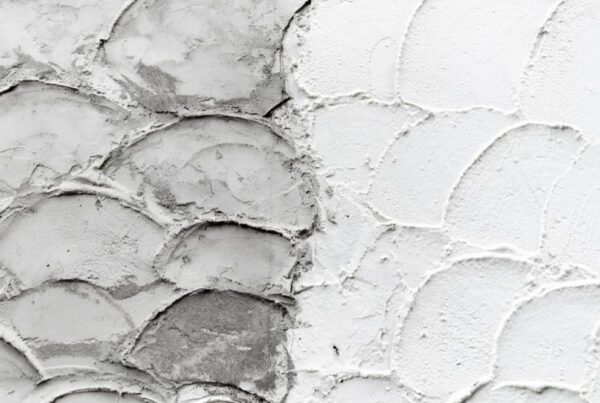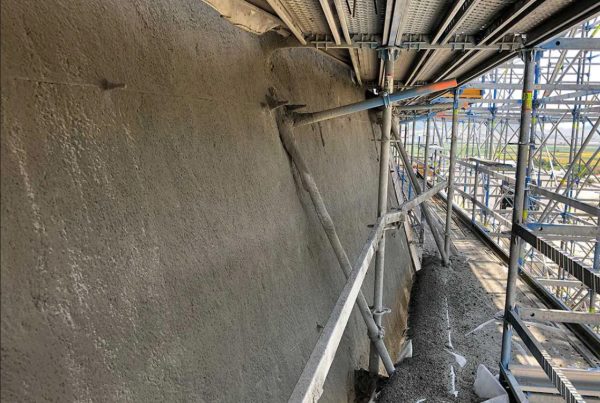Shotcrete, also known as sprayed concrete, is a versatile and efficient construction technique used in various projects such as tunnels, retaining walls, and concrete structures. This method involves spraying concrete at high pressure onto a prepared surface, providing a quick and durable solution. However, to fully assess the effectiveness of this technique, it is essential to understand the associated costs. This article examines the different aspects of cost analysis in shotcrete projects.
Material Costs
Material costs form a significant portion of the overall cost in shotcrete projects. The primary materials used include cement, sand, aggregates, and admixtures. The price of these materials can vary based on quality, local availability, and project specifications. Generally, shotcrete requires a specific mix design to ensure pumpability and adhesion, which can influence material costs.
Labor Costs
Labor costs are another crucial factor in the cost analysis of shotcrete projects. Skilled labor is required to operate the spraying equipment and ensure proper application of the concrete. The level of expertise and the number of workers needed can affect labor costs significantly. Additionally, labor costs may vary depending on the project’s location and duration.
Equipment Costs
The cost of equipment is a vital component in shotcrete projects. This includes the purchase or rental of shotcrete machines, compressors, and other necessary tools. Maintenance and operational costs of the equipment also contribute to the overall expenses. The choice between wet-mix and dry-mix shotcrete methods can further impact equipment costs, as each method requires different types of machinery.
Preparation and Site Costs
Preparing the site for shotcrete application involves several steps, such as surface cleaning, installation of reinforcement, and formwork setup. These preparation activities can add to the overall cost of the project. Site-specific factors, such as accessibility and environmental conditions, can also influence preparation and site costs.
Transportation Costs
Transportation costs include the expenses associated with delivering materials and equipment to the construction site. The distance between the supplier and the project location, as well as the transportation method used, can affect these costs. Efficient logistics planning can help minimize transportation expenses.
Miscellaneous Costs
Other costs that may arise in shotcrete projects include permits, insurance, and contingency allowances for unforeseen issues. These miscellaneous expenses should be factored into the overall cost analysis to provide a comprehensive understanding of the project’s financial requirements.
Conclusion
Understanding the various cost components involved in shotcrete projects is essential for effective budgeting and project management. Material, labor, equipment, preparation, transportation, and miscellaneous costs all contribute to the total expenses. By carefully analyzing these factors, construction professionals can make informed decisions and optimize the cost-efficiency of their shotcrete projects.






